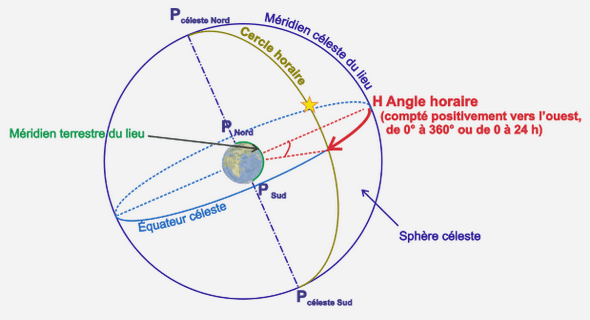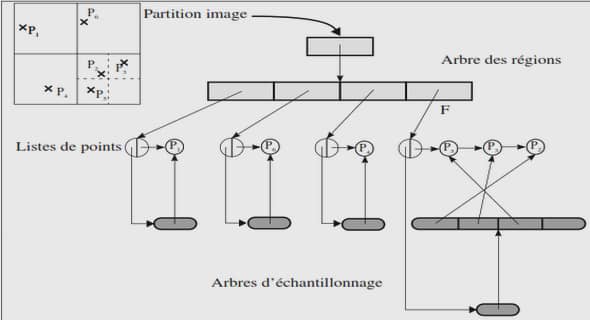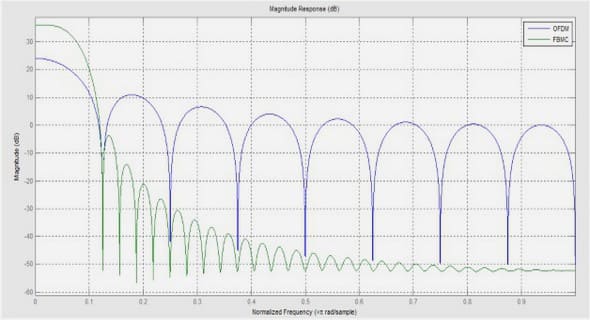Télécharger le fichier original (Mémoire de fin d’études)
À propos de la simulation numérique d’un système d’interaction fluide– structure
À propos du calcul numérique d’un contrôle par feedback
Stabilisation du problème semi–discrétisé en domaine fixe
Table des matières
0 Introduction
0.0 Préambule
0.0.1 Contexte
0.0.2 Le problème étudié
0.0.3 Motivations
0.0.4 Modélisation
0.0.5 Plan du mémoire
0.1 Modélisation du problème et existence de solutions fortes
0.1.1 Présentation
0.1.2 Résultats antérieurs
0.1.3 Les conditions d’entrée et la configuration de référence
0.1.4 Existence de solutions fortes
0.1.5 Plan de la preuve
0.2 Stabilisation locale du système fluide–structure
0.2.1 Présentation
0.2.2 Résultats antérieurs
0.2.3 Propriété de continuation unique et résultat de stabilisation
0.2.4 Plan de la preuve
0.3 Simulations et stabilisation numériques du problème d’interaction fluide–structure
0.3.1 Présentation
0.3.2 Résultats antérieurs
0.3.3 Stabilisation du problème semi–discrétisé en domaine fixe
0.3.4 Calcul numérique de la matrice de feedback
0.3.5 Simulations numériques du système fluide–structure
0.4 Perspectives
1 Existence de solutions fortes au problème d’interaction fluide–structure en
temps petits
1.1 Introduction
1.1.1 Modelling of the problem
1.1.2 Statement of the main result
1.1.3 Scientific context
1.1.4 Outline of the paper
1.2 Existence of solution to the linearized problem
1.2.1 Linearized problem with nonhomogeneous source terms
1.2.2 Linearized problem with nonhomogeneous boundary data
1.3 Local existence of solution to the full problem
1.3.1 The equations in a fixed domain
1.3.2 Proof of Theorem 1.3.1
1.3.3 Proof of the result in the moving domain, Theorem 1.1.5
2 Stabilisation locale du système d’interaction fluide–structure autour d’un
état stationnaire
2.1 Introduction
2.1.1 Modelling of the problem
2.1.2 Statement of the main result
2.1.3 The functional framework
2.1.4 Scientific context
2.1.5 Outline of the paper
2.2 Stabilization of the linearized problem
2.2.1 The linearized problem
2.2.2 Functional framework for the semigroup formulation
2.2.3 Study of the adjoint operator
2.2.4 Construction of a feedback operator
2.2.5 Stabilization of the linear system (2.30)
2.3 Stabilization of the nonlinear closed loop system
2.3.1 The nonlinear problem in a fixed domain
2.3.2 Proof of the stabilization result in the fixed domain
2.3.3 Proof of Theorem 2.1.5
3 Simulations numériques du système d’interaction fluide–structure
3.1 Introduction
3.1.1 Modelling of the problem
3.1.2 Stabilization of the continuous problem
3.2 The semi–discretized approximations
3.2.1 A variational formulation of the continuous problem
3.2.2 Discretization of the variational formulation
3.3 Feedback stabilization of the linearized system
3.3.1 The projected direct system
3.3.2 The projected adjoint system
3.3.3 Spectral decomposition of the operators
3.3.4 The projected systems
3.3.5 Computation of the linear feedback
3.4 Practical computation of the feedback matrix
3.4.1 Equivalence between the eigenvalue problems
3.4.2 A practical way to compute the feedback matrix
3.5 Numerical computations in the fixed domain
3.5.1 The diffeomorphisms used
3.5.2 The numerical eigenvalue problem
3.6 Numerical simulations
3.6.1 The basis functions
3.6.2 The time stepping process
3.6.3 Level–set function and integration method over the cut elements
3.6.4 The inverse diffeomorphism
3.6.5 Numerical results
A Proof of Lemma 1.3.3
A.1 Technical Lemmas
A.2 Detailed proof of Lemma 1.3.3
B The linearized terms
C Independence of the hypothesis (H) with respect to the diffeomorphism
D Proof of Lemma 2.3.2
D.1 Technical lemmas
D.2 Detailed proof of Lemma 2.3.2


